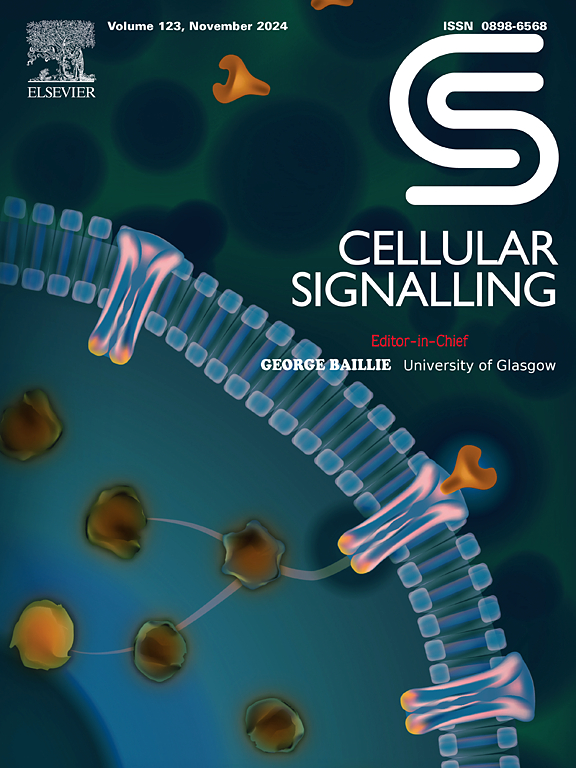Y-box binding protein 1: A critical target for understanding and treating cardiovascular disease
IF 4.4
2区 生物学
Q2 CELL BIOLOGY
引用次数: 0
Abstract
Cardiovascular diseases (CVDs) remain a significant public health burden, characterized by escalating morbidity and mortality rates and demanding novel therapeutic approaches. Cold shock protein Y-box binding protein 1 (YB-1), a highly conserved RNA/DNA-binding protein, has emerged as a pivotal regulator in various pathophysiological processes, including CVDs. YB-1 exerts pleiotropic functions by modulating gene transcription, pre-mRNA splicing, mRNA translation, and stability. The expression and function of YB-1 are intricately regulated by its subcellular localization, post-translational modifications, upstream regulatory signals. YB-1 plays a multifaceted role in CVDs, influencing inflammation, oxidative stress, cell proliferation, apoptosis, phenotypic switching of smooth muscle cells, and mitochondrial dysfunction. However, the regulation of YB-1 expression and function in CVDs is complex and context-dependent, exhibiting divergent effects even in the same disease across different cell types or at disease stages. This review comprehensively explores the structure, regulation, and functional significance of YB-1 in CVDs. We delve into the transcriptional and translational control mechanisms of YB-1, as well as its post-translational modifications. Furthermore, we elucidate the upstream signaling pathways that influence YB-1 expression, with a particular emphasis on non-coding RNAs and specific upstream molecules. Finally, we systematically examine the role of YB-1 in CVDs, summarizing its expression patterns, regulatory mechanisms, and therapeutic potential as a promising target for novel therapeutic interventions. By providing a comprehensive overview of YB-1's involvement in CVDs, this review aims to stimulate further research and facilitate the development of targeted therapies to improve cardiovascular health.
Y-box 结合蛋白 1:了解和治疗心血管疾病的关键靶点
本文章由计算机程序翻译,如有差异,请以英文原文为准。
求助全文
约1分钟内获得全文
求助全文
来源期刊

Cellular signalling
生物-细胞生物学
CiteScore
8.40
自引率
0.00%
发文量
250
审稿时长
27 days
期刊介绍:
Cellular Signalling publishes original research describing fundamental and clinical findings on the mechanisms, actions and structural components of cellular signalling systems in vitro and in vivo.
Cellular Signalling aims at full length research papers defining signalling systems ranging from microorganisms to cells, tissues and higher organisms.
 求助内容:
求助内容: 应助结果提醒方式:
应助结果提醒方式:


